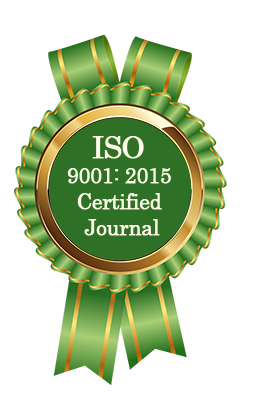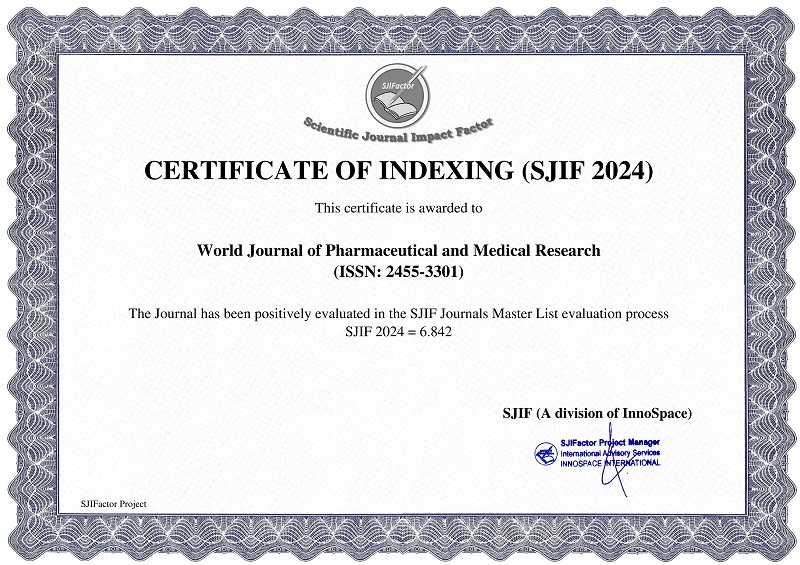PHARMACOGNOSTICAL, PHYTOCHEMICAL EVALUATION OF ACACIA NILOTICA AND ACACIA LEUCOPHLOEA WILLD FLOWERS
Deepak Prajapati*, Vivek Gupta, Yogesh Kumar and Gyan Singh
ABSTRACT
Objective: A precise scientific characterization of the raw material serves as the foundation for the quality standards for herbal medications. Despite their enormous potential as natural medications and their significant commercial value, herbal resources are frequently sourced, processed, and introduced to the market without undergoing the required safety and toxicological testing. Based on this, an attempt was made to evaluate phytochemical and toxicological parameters such as heavy metals, aflatoxins, total microbial load, and pesticide residues in the flowers of the well-known herbal medication A. nilotica and A. leucophloea. Method: To ascertain the analysis of heavy metals, aflatoxins, microbiological load, and pesticide residues, the protocols suggested by AOAC and ASTA were adhered to. The drug's chemical components were separated using a thin layer chromatographic method. Result and conclusion: The experiment's findings showed that while pesticidal residues, heavy metals, aflatoxins, and the overall microbial load varied, they were all within the allowed ranges. When comparing the blooms of A. leucophloea to those of A. nilotica, a phytochemical analysis showed that the former lack catechin phytoconstituents. Therefore, it is imperative that these characteristics be evaluated in all crude drugs before they are processed further in order to guarantee the safety and effectiveness of Indian medicinal plants and improve their acceptance on a global scale. The study identified distinct identities for the specific crude drug, which will help detect and prevent raw drug adulterations.
[Full Text Article] [Download Certificate]



